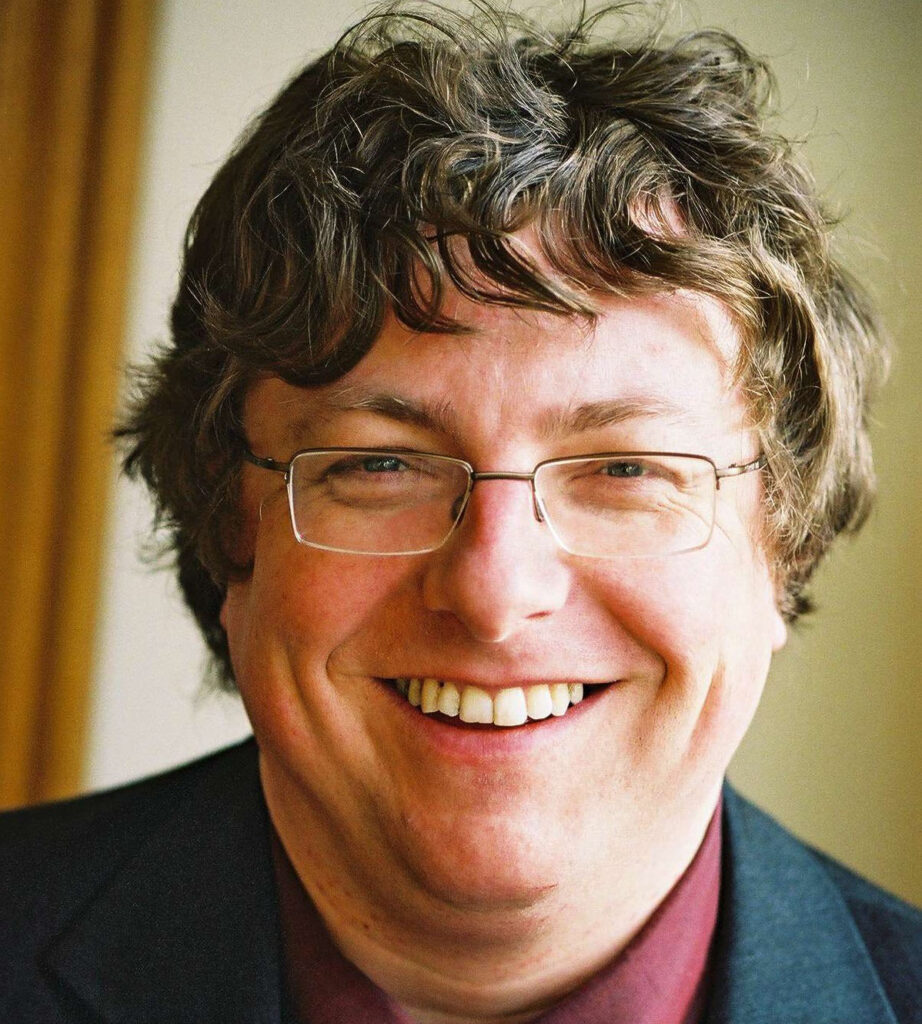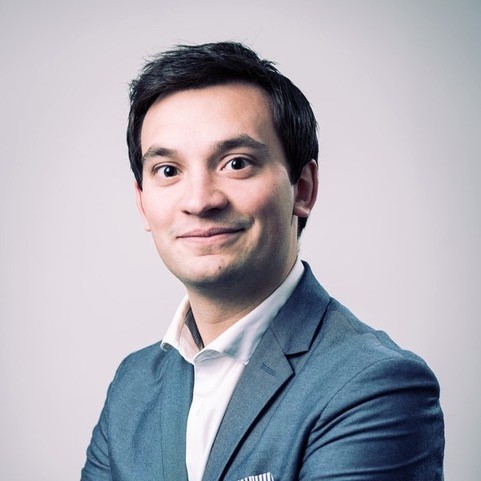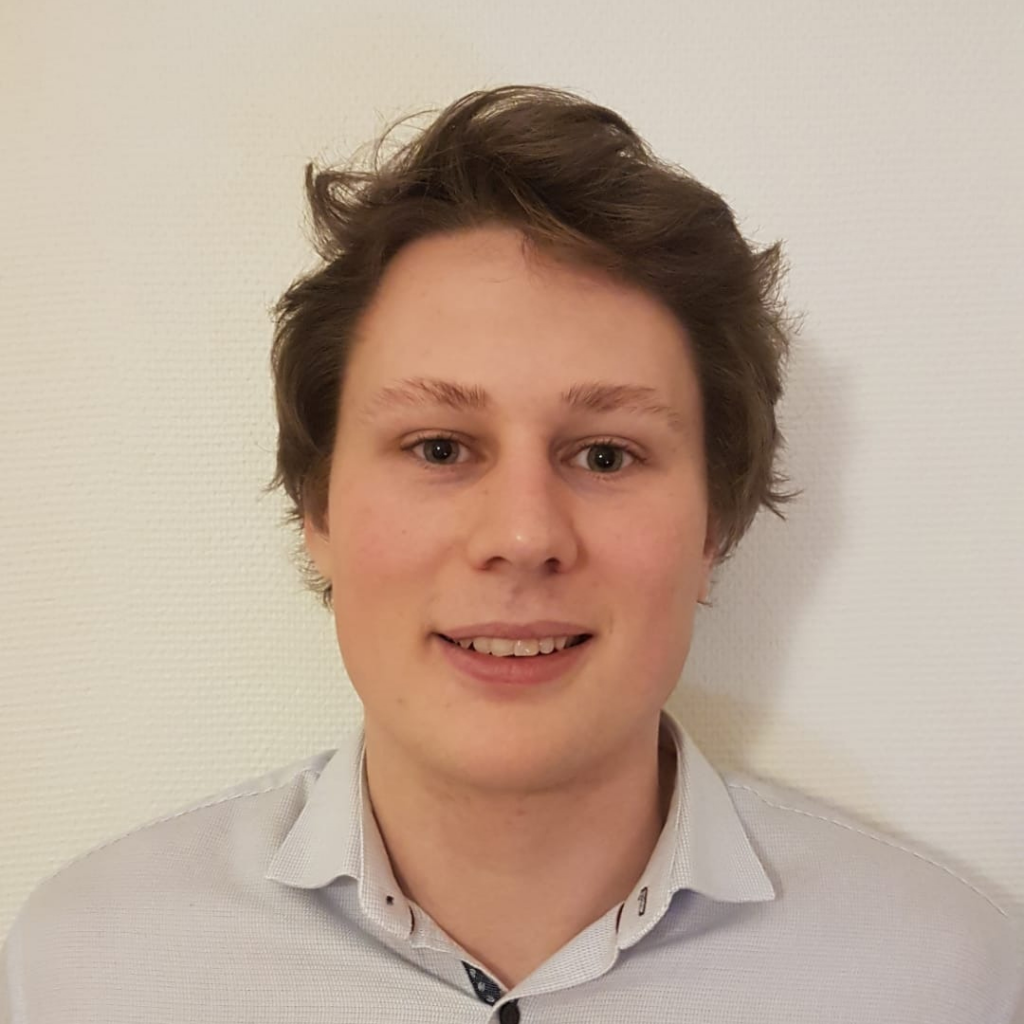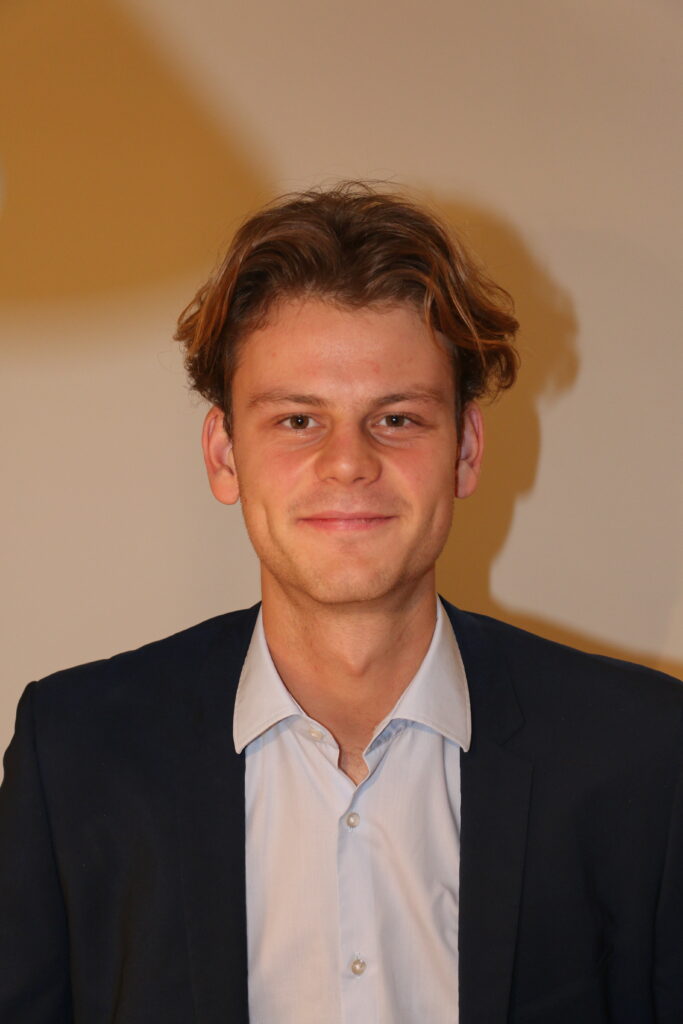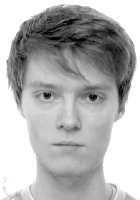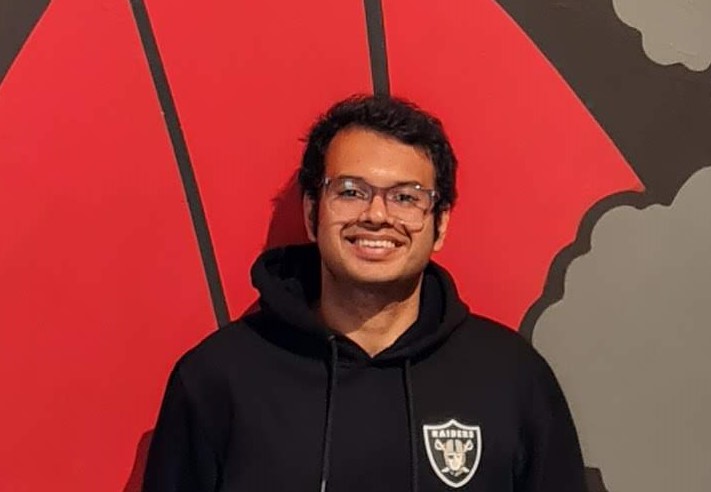Team
Back to the roots …
‘Back to the roots’ concentrates on time series, observations generated by systems, the signals of which evolve as a function of time. Examples include traffic systems, data from electrical power consumption, medical patient monitoring records or time-stamped data from complex industrial processes. Starting from such data, using advanced numerical algorithms, mathematical models are computed, which are then used to simulate and predict, to monitor the state of the system and whenever necessary adapt or control its behavior. Before a model is calculated, first one has to specify a model class, for instance neural networks or linear dynamical systems. From the data in the time-series, one then finds the best model in the model class, using large scale numerical optimization algorithms.
Every day, this methodology is massively deployed in thousands of applications within the AI community. Yet, there are still fundamental, open problems. Despite the fact the qualification of ‘best’ is well defined, paradoxically there is no guarantee that optimization algorithms actually also find the best model. Additionally, when calculations are repeated, e.g., with other initial values, most often other ‘solutions’ are found too, that are better or worse. Said in other words, current day optimization practices are heuristic, deliver results that are not necessarily reproducible and therefore difficult to interpret. In many applications, especially the critical ones (safety, health, industrial process control, etc.), the obtained results can not be fully trusted and are therefore often unreliable.
‘Back to the roots’ therefore literally backs off one step to the original roots of numerical optimization. The main objective is to develop a theory about the combination of model classes and optimization algorithms, so that one can calculate with 100 % certainty the best model in the model class. In addition, because observed data are often inexact and incomplete, a new data treatment framework will be developed, in which observations are modified and completed with minimal effort as to make them compatible with the specified model class, in which the best model can then be identified.
The project title also refers to a renewed emphasis on mathematical rigor, this in stark contrast to current day heuristic practices in the machine learning community. Insights and results from several mathematical disciplines will be combined, such as operator theory, dynamical system theory, algebraic geometry and numerical linear algebra, to generate a unifying mathematical framework for the identification of optimal models. The notion of ‘roots’ in the title also refers to the roots of large-scale eigenvalue problems, the numerical solution of which is central in the proposed approach.
The ambitions and objectives of this project potentially have a large path-breaking impact on numerical optimization techniques that form the heart of all data-based applications in artificial intelligence. They will considerably improve the reliability and interpretability of AI numerical algorithms. Prof. De Moor already has an impressive valorization track record in bilateral contracts with companies and health organizations and the creation of 8 spin-off companies. Valorization of the fundamental research here, will ultimately also be carried through via the newly created KU Leuven AI Institute, and the Flemish Program on Artificial Intelligence, of which he is one of the architects.
General information
- Advanced Grant from the European Research Council (ERC)
- January 2021 – December 2025
- Introduction
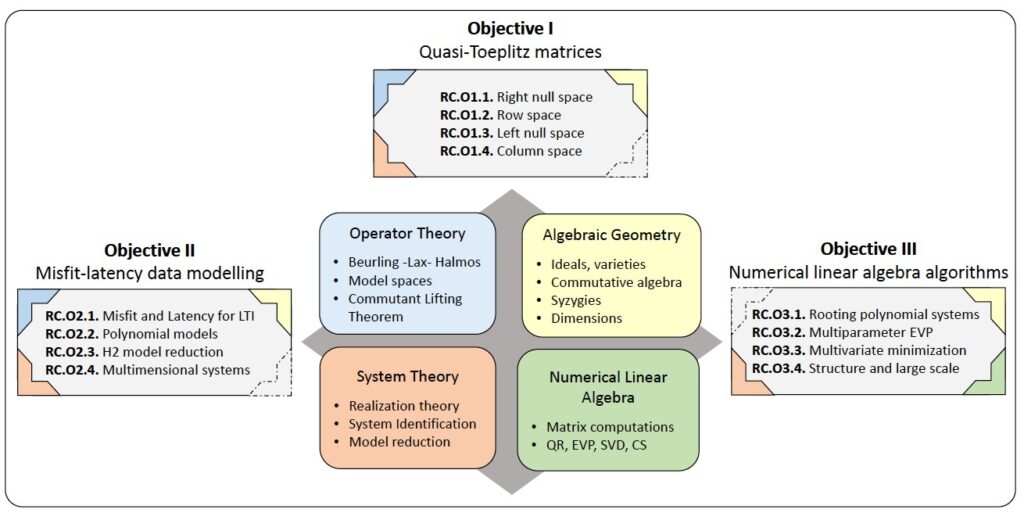
Contact: Bart De Moor
Email: Bart.demoor@kuleuven.be
Bart De Moor: Professor Electrical Engineering
KU Leuven, Kasteelpark Arenberg 10, box 2446, 3001 Leuven, Belgium
Phone: +32 16 32 17 09
Personal Assistant: Ida Tassens
Phone: +32 16 32 17 09
Email: ida.tassens@kuleuven.be
